“Leaves on a Stream”
This exercise can be useful for people who are finding it difficult to come to terms with the impact of floods, bushfire or COVID, whether they have been directly affected, or because they are working with people who have been impacted. This is a technique called cognitive defusion. It helps you to step back from your thoughts and feelings and to see things in a broader perspective.
It is worth doing this exercise twice a day, morning and night, as part of your daily mindfulness meditations. Aim for a total of 45 mins per day mindfulness exercises if you can manage it. It gets easier with practice.
1. Sit in a comfortable position and either close your eyes or rest them gently on a fixed spot in the room.
• Notice breathing
• Notice sensations
2. Visualize yourself sitting beside a gently flowing stream with leaves floating along the surface of the water. Pause 10 seconds.
3. For the next few minutes, take each thought that enters your mind and place it on a leaf… let it float by. Do this with each thought – pleasurable, painful, or neutral. Even if you have joyous or enthusiastic thoughts, place them on a leaf and let them float by.
4. If your thoughts momentarily stop, continue to watch the stream. Sooner or later, your thoughts will start up again. Pause 20 seconds.
5. Allow the stream to flow at its own pace. Don’t try to speed it up and rush your thoughts along. You’re not trying to rush the leaves along or “get rid” of your thoughts. You are allowing them to come and go at their own pace.
6. If your mind says “This is dumb,” “I’m bored,” or “I’m not doing this right” place those thoughts on leaves, too, and let them pass. Pause 20 seconds.
7. If a leaf gets stuck, allow it to hang around until it’s ready to float by. If the thought comes up again, watch it float by another time. Pause 20 seconds.
8. If a difficult or painful feeling arises, simply acknowledge it. Say to yourself, “I notice myself having a feeling of boredom/impatience/frustration.” Place those thoughts on leaves and allow them float along.
9. From time to time, your thoughts may hook you and distract you from being fully present in this exercise. This is normal. As soon as you realize that you have become sidetracked, gently bring your attention back to the visualisation exercise.
10. Now listen to the silence around you. In this silence is the still, small voice of God. Take some time to listen to what he has to say to you.
11. Tune in to the messages you receive from all modalities:
- What do you hear?
- What do you see?
- What do you feel?
- What do you sense?
12. Now gently, when you are ready, bring your thoughts back into the room.
- tune back into the sensations you noticed earlier
- Notice again your breathing. Notice how your breathing has continued even when you ceased to be aware of it. Your breathing continues just as the essence of you, your soul, continues; just as God continues to walk beside you even when you are unaware of Him.
13. When you are ready, gently open your eyes and look around. You may find it helpful to stretch and move to bring you back to the present.
What was it like for you to engage in this brief cognitive defusion visualisation exercise? What was your experience of connecting with God like? Any insights / revelations / clarifications? With practice, you will find that this way of clearing your mind from your immediate cares and concerns will bring peace and clarification and open the way for the still small voice of God.
Be patient and compassionate with yourself if you struggle to remain fully present and mindful. This is natural. Begin to reframe any difficulties that you may have encountered during this exercise as opportunities for growth. Cognitive defusion is a tool that takes practice to become skilled. The potential rewards of choosing to engage in regular mindful awareness and cognitive defusion is the ultimate freedom from unnecessary suffering due tounhelpful thoughts. Loosen their grip on you and choose to become the mindful observer instead.
- – - – - – - – - – - – - – - – - – - – - – - – - – - – - – - – - – - – - – - – - – - – - – - – - – - – - – -
With acknowledgement to Harris, R. (2009). ACT made simple. Oakland, CA: New Harbinger Publications, Inc. With adaptations by J M Phelan 2020

